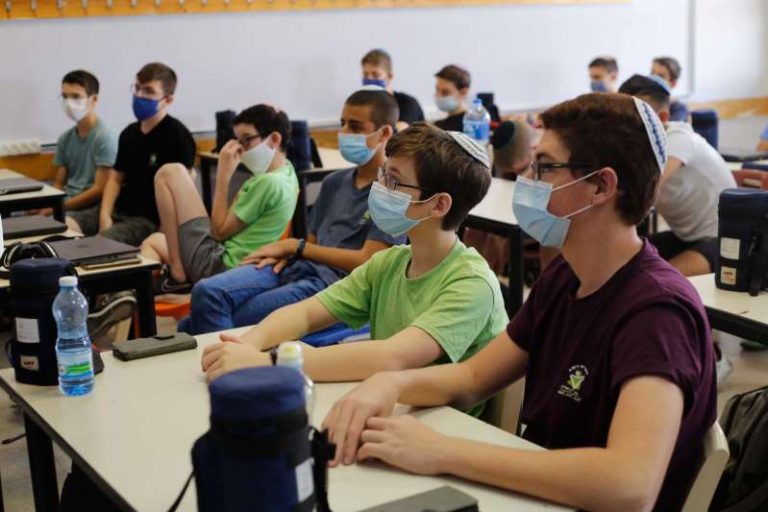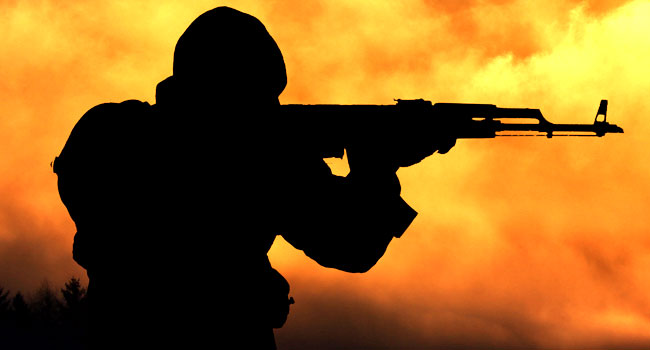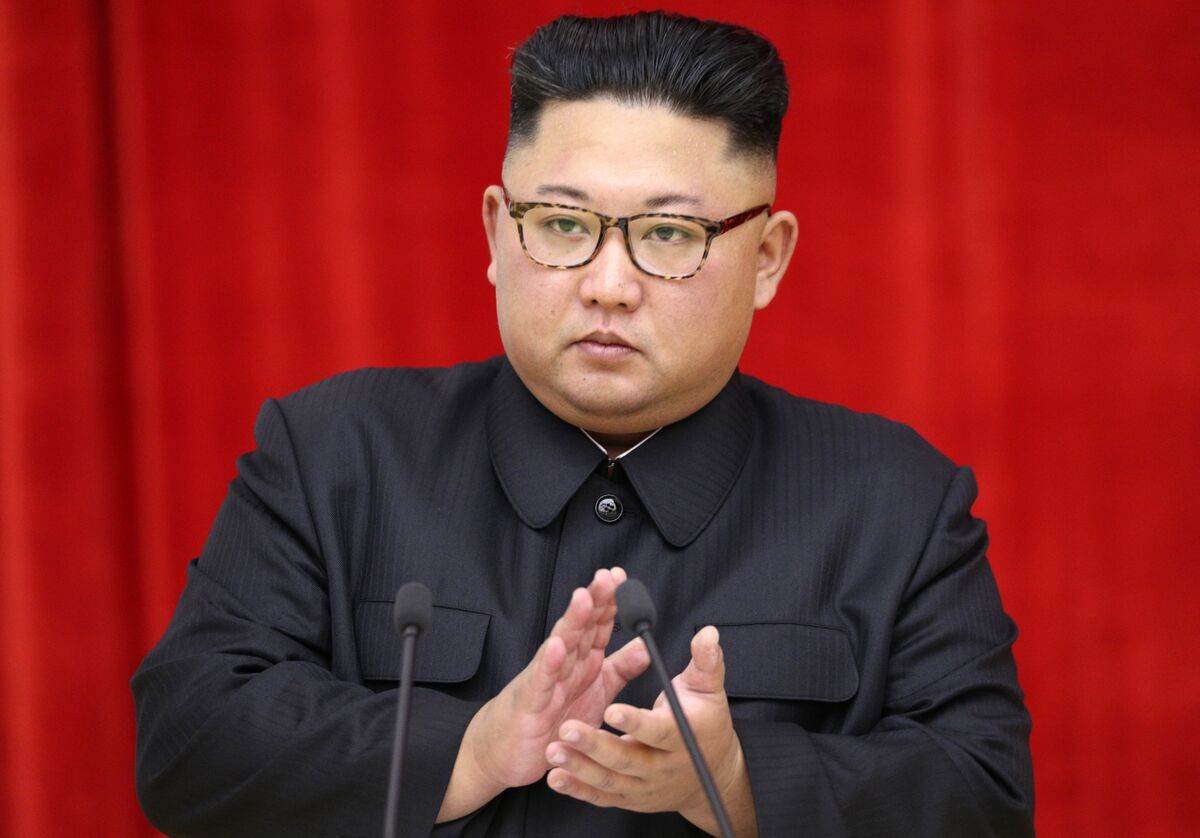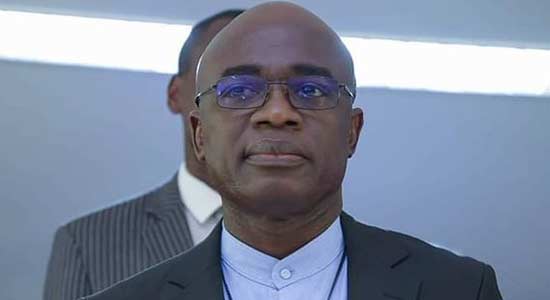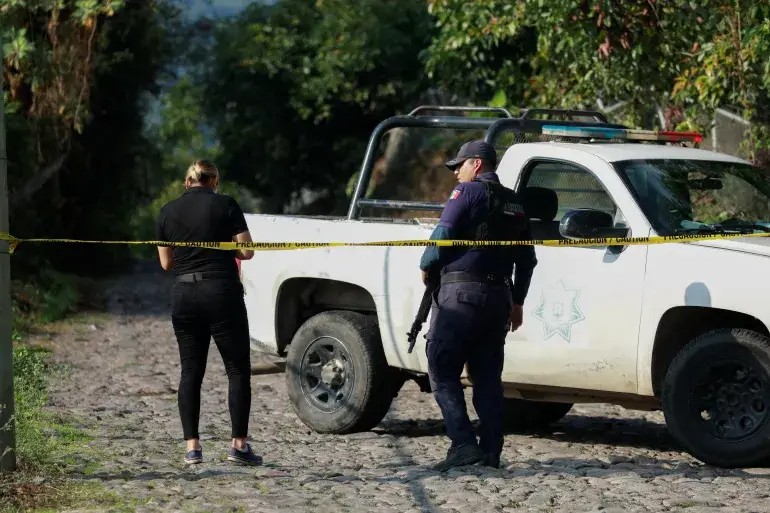JERUSALEM – Shulamit David, an Israeli mother of four, received a text message last month that a teacher at her son’s middle school had tested positive for COVID-19, the disease caused by the new coronavirus. She wasn’t all that surprised.
Read Also: Israeli, Ukrainian Scientists Find Formula For Human Longevity
“Eventually, we are going to pay for this,” says Ora Paltiel, a professor at the Hebrew University-Hadassah Braun School of Public Health, explaining that even though some studies have found that young children may contract and spread COVID-19 at lower rates than adults, their role in spreading the virus remains unclear, and they could pass it on to older or more vulnerable family members.
“Even if many of these kids are not really sick, this could be a vehicle to spread it to the population,” Paltiel says. With little space to enforce physical distancing, the school system is relying instead on closing the schools with reported cases, extensive testing, and ordering thousands of potentially exposed students and staff members into home isolation. Teachers and students older than 7 are required to wear masks.
David’s 13-year-old son was one of more than 20,000 students around the country who have endured home isolation, due to his being in the same school as a teacher or student who tests positive, remaining in his bedroom for two weeks, not seeing family members. “It was lonely for him,” David says. When someone does not have the space to stay away from other members of the household, or when younger children are placed in isolation, all members of the household must not leave home. A negative test result, which David’s son eventually received, does not cancel the isolation period.
While the isolation policy has only affected about 1% of the country’s students, allowing most to continue studying, parents worry about the financial, emotional and mental health effects. “What’s happening is complete disregard for students’ health and family’s health,” says Tania Elfersy, who sent her three children back to school, but fears having to put them into isolation.
Paltiel and other public health experts say school is vital, especially for younger children and those from disadvantaged backgrounds. But they continue to advocate for increased measures, such as having fewer students in a room and limiting contact between different groups of students in order to avoid ordering large numbers of people into home isolation.
“We need to prepare better for next year or there will be total chaos,” says Ronit Calderon-Margalit, also a professor at Hebrew University-Hadassah Braun School of Public Health. Meanwhile, most students continue to attend school.
“We feel very uncomfortable about it,” says Sarah Cytryn, a mother in Jerusalem whose 6-year-old attends a kindergarten with 35 students, and benefits greatly from the social interaction. “We’re probably ultimately exposing her to a thousand people by sending her, considering all the relatives, friends and playdates many people are having, but we’re trying to ignore the fear.”
MSN

